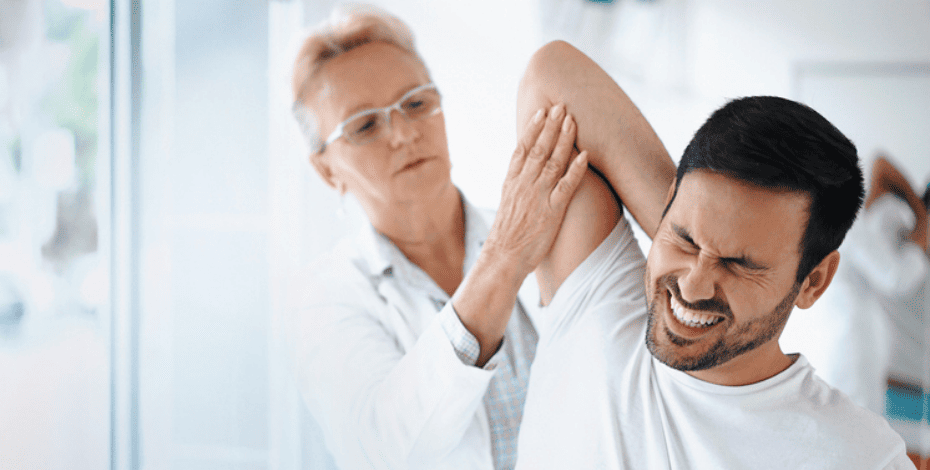
Advice and non-specific spinal pain

This systematic review looks at the effect of advice and education on pain and disability in people with non-specific spinal pain. Q&A with Caitlin Jones.
International guidelines for the management of spinal pain already endorse advice as part of first-line treatment, so what were the uncertainties that led you to do this literature review?
Despite advice being recommended internationally as a treatment for spinal pain, the evidence behind that was uncertain and out of date.
We didn’t think that the strong and widespread recommendation to provide advice was reflective of the available evidence.
There have been multiple, more recent, trials of advice and education with varying results, so it was a good time to collate and summarise these with a systematic review.
What evidence did you find with your searches? Is advice effective?
We found evidence that advice and education have a small effect on pain and disability compared to no advice and education or placebo in the short term.
The effects were around 10 points of improvement for pain and 5 points for disability on a 0-to-100-point scale.
While this finding is positive, it is possibly not clinically significant.
It suggests that advice should not be used as a sole first-line treatment.
Other interventions are likely to be needed to effectively manage people’s symptoms.

Caitlin Jones's research investigates the effect of advice in the treatment of non-specific spinal pain.
It is important to point out that therapists should not forgo advice and education, despite the small effects on pain and disability, due to other benefits such as feeling reassured and because our patients have a right to be informed about their conditions.
What content should be included in the advice?
The specific content of the advice didn’t seem to make much difference.
We compared simple contemporary advice (such as advice to keep active and to avoid bed rest and reassurance about the positive prognosis) to more comprehensive advice, such as ergonomic advice (specific postural and biomechanical information) or pain neuroscience education, and found them all to be about equally effective.
To what extent do characteristics of the patients, trial or intervention modify the estimate of the effect of advice?
We looked at multiple factors to see whether the effects of advice were stronger under certain conditions.
Whether the participants’ symptoms were acute or chronic, the intensity of the intervention in terms of time spent with a therapist, how the intervention was delivered and the depth and type of the content didn’t impact outcomes.
Advice and education had only a small or no effect in all circumstances in the short term.
Some trials measured the effectiveness at other time points, such as immediately after intervening or in the long term, but there was no effect at these times.
Where do you see research in this area heading?
It would be interesting to know what proportion of participants actually heeded the advice (eg, kept active and avoided bed rest) and whether there is a larger effect for those who complied.
This review couldn’t measure how well people were adhering to the advice they were given.
We also wonder whether advice and education might have larger effects in populations that have a lower level of health literacy and unhelpful beliefs about back pain.
It is reasonable to imagine that those are the people who stand to gain the most benefit from receiving advice, compared to those who already have a decent understanding and appropriate beliefs.
Future research could focus more on how much the participant learnt and how that affected their health behaviours, not only on what advice and education were provided.
They are not necessarily the same thing.
>> Caitlin Jones is an occupational therapist and PhD candidate at the University of Sydney. Her research focuses on treatments for spinal pain and the efficacy of opioids for musculoskeletal conditions.
© Copyright 2024 by Australian Physiotherapy Association. All rights reserved.





